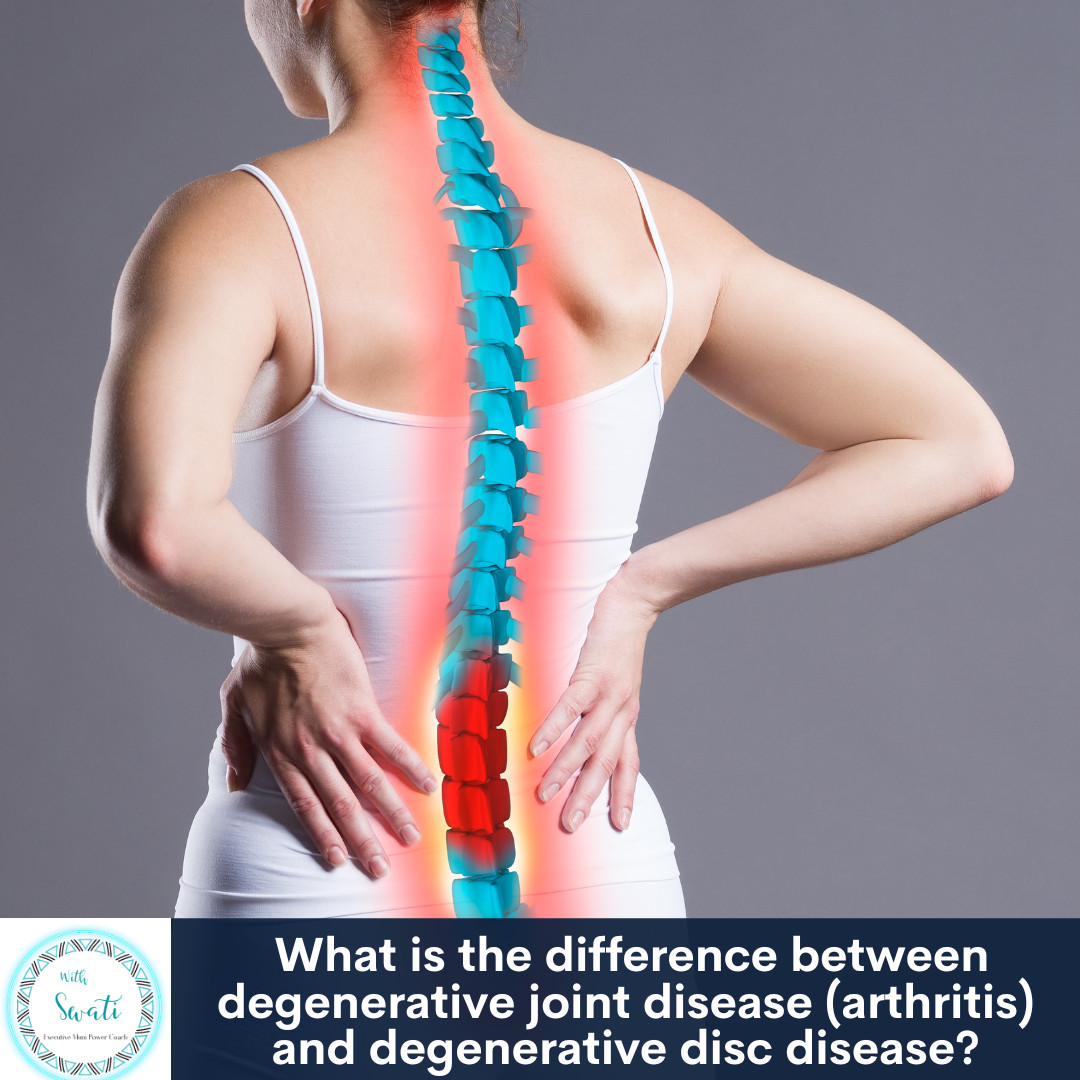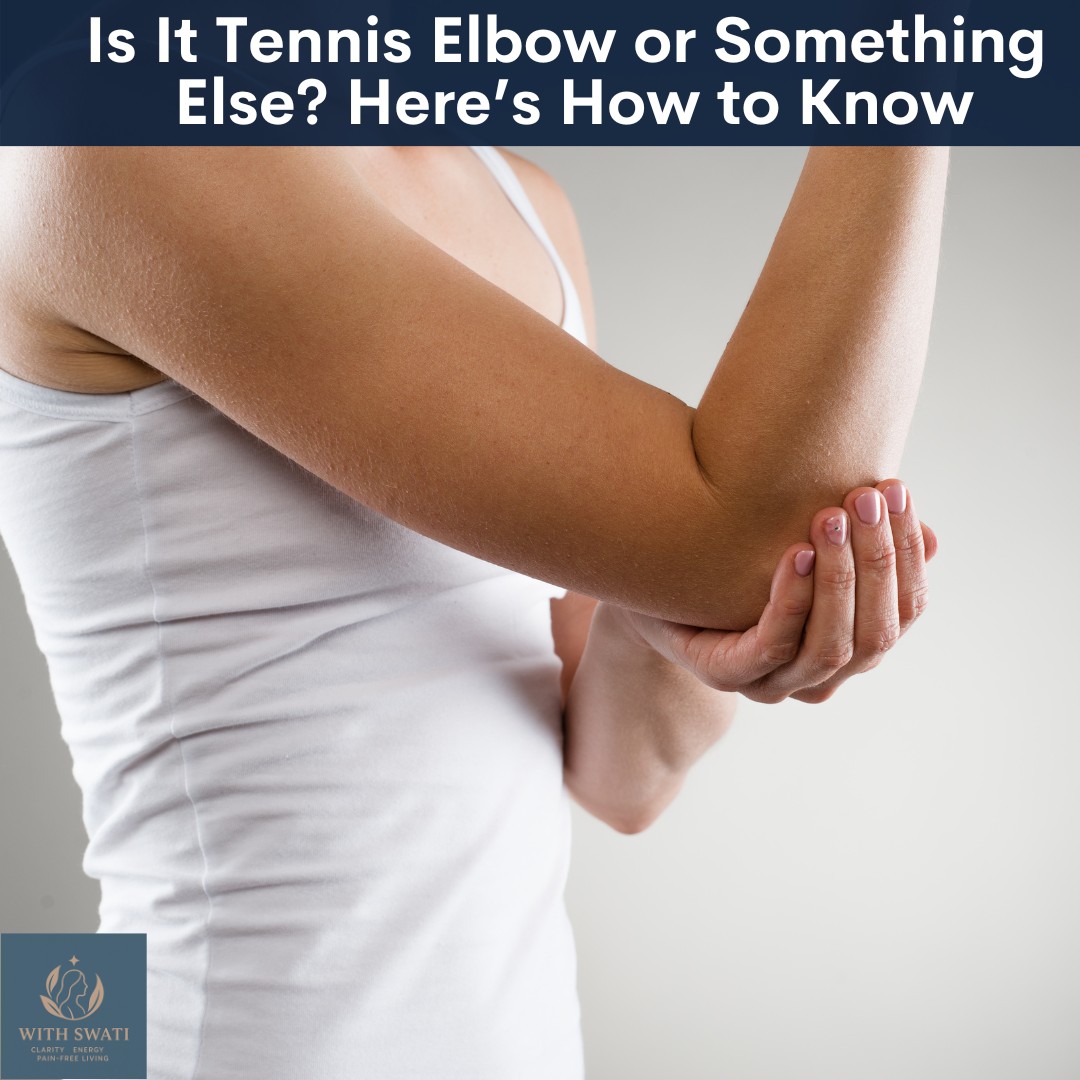
Degenerative Disc Disease (DDD) and Degenerative Joint Disease (DJD/arthritis) are terms that your doctor may have referred to when giving you a diagnosis or one that you may have seen on a MRI or xray report. If it’s the first time you have heard these overwhelming terms you might have wondered what they are. In this blog, lets discuss the what these terms mean and what is the difference between them.
Our spine is made up of vertebras stacked on top of each other, with a disc in between. The disc is a gelatinous soft structure that acts as a shock absorber and keeps the vertebra from rubbing against each other. A disc is made up of a central jelly like material known as nucleus pulposus that is enclosed within a fibrous ring known as annulus fibrosus. With degenerative disc disease, the discs gradually lose their ability to absorb shock and maintain proper alignment of the spine. This can result in disc herniation, nerve compression, spinal stenosis, etc. This in turn results in spinal stiffness, back pain, neck pain and nerve pains.
The spine is made up of many other structures such as ligaments, muscles, etc. With degenerative arthritis or degenerative joint disease the cartilage, i.e. the protective cushioning cover on the spinal joints starts to break down over time. This can lead to pain, stiffness, inflammation, and limited mobility. In some cases, bone spurs that form in the process can pinch a nerve root, causing nerve pain, weakness or numbness in the arms (if neck is affected) or legs (if legs are affected). One of the common form of degenerative arthritis or degenerative joint disease is osteoarthritis of the spine.
Watch this video to learn more about degeneration of the spine and joints:
While both conditions involve the degeneration of tissues, it's important to note that degenerative joint disease or arthritis primarily affects the joints, whereas degenerative disc disease primarily affects the spinal discs. They usually coexist though they can exist in isolation at the initial stages.
If you want to manage your degenerative joint disease (DDD/arthritis) or degenerative disc disease, you need to address inflammation in your spine/body. Inflammation is the basic cause of most diseases that cause back and neck pain. You can find out more about managing your inflammation in a free 11 days jumpstart HERE.
If you like this blog and want to be notified about new blogs as soon as they are published, subscribe to my mailing list below.
I would love to see you around the internet! For other places you can explore more about me: https://withswati.com/page/link
















0 Comments